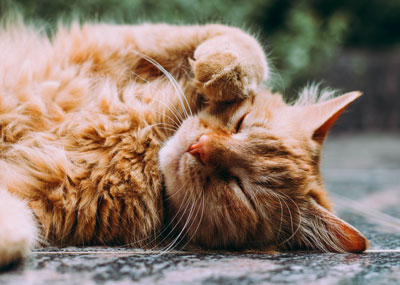
Every few months I get an email or message asking about an herbal treatment for toxoplasmosis. They usually are from people who have been prescribed Bactrim over and over again without success, then shown the door when they don’t get well. (The problem just can’t be with the MD or the medical system. As every chronic Lyme person, chronic fatigue, and long COVID person knows, that’s impossible!).
I put together a protocol long ago which I posted on Facebook and which I had thought I had posted at my website but for some reason I did not. I have not done a lot of work with toxoplasmosis but from a rather deep exploration of the literature there does not seem to be much out there on natural protocols for it. What follows is a good beginning protocol which has worked in the past. Most herbalists will modify it (we can’t rest until we add dandelion or something to all protocols; it’s in the blood). And that’s fine. This is just a beginning point to get people something to start with that does, in fact, help.
Normally in this kind of post I would go into what toxoplasmosis is and what it does in the body and all the symptoms and on and on but I no longer enjoy that kind of lengthy medical piece. So, I am just going to say that it often comes from contact with cat feces and yes, cat’s are evil. (Look, that is a joke, okay, I mean everyone knows dogs are often saints but cats rarely, and besides I am allergic to cats so . . . .).
The Protocol
The protocol uses both a tincture combination and capsules.
Tincture combination:
Get 4 ounces each of Sophora flavescens, Astragalus, and Scutellaria baicalensis and 2 ounces of licorice (Glycyrrhiza) tincture. Pour them all together in a large measuring cup. Then, pour them into a large brown bottle or back in the jars they came in. Label immediately. Dosage: 1 tsp 6x daily for 21 days.
Capsules:
• Artemisinin, 200mg, 2 capsules, 3x daily
• Artemisian annua, 500 mg, 1 capsule, 3x daily
• Veronia amygdalina (bitter leaf), 750 mg, 1 capsule, 3x daily
NOTE: When I first posted this protocol to Facebook, Chanchal Cabrera reminded me that artemisinin loses its bioavailability during ingestion. It’s never high to begin with and it decreases by around .74 on day one but this increases; it drops between .94 and .98 by day five. (Nevertheless, it is still effective for malaria even at that range).
However, if artemisinin is taken along with Artemisia annua, research has found that the flavonoid constituents in the herb help increase its bioavailability considerably. As one study notes: “The flavonoids present in A. annua leaves have been linked to suppression of CYP450 enzymes responsible for altering the absorption and metabolism of artemisinin in the body, but also have been linked to a beneficial immunomodulatory activity in subjects afflicted with parasitic and chronic diseases.” Thus, the use of A. annua along with artemisinin allows more artemisinin to enter the blood stream, increasing its effects; it also slows the reduction of that constituent as the days progress. (There is a reason why whole herbs are better in the long run than isolated constituents. The compounds in herbs are synergistic with each other.)
A few notes and comments:
- If this does not resolve the issue you can repeat the protocol after a few days off.
- I think it important to avoid alcohol free tinctures in this protocol, especially of the Sophora. I have found them to be too weak.
- Cryptolepis and Isatis are also useful for toxoplasmosis but this protocol is where I would begin. If the protocol simply does not work, redo it with the addition of those two herbs.
Copyright © 2022, Stephen Harrod Buhner, All Rights Reserved





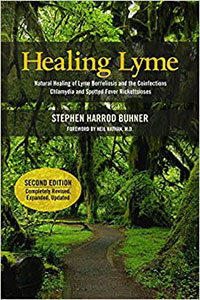
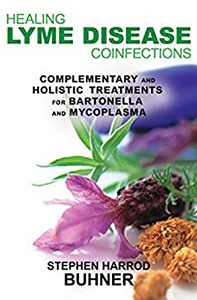
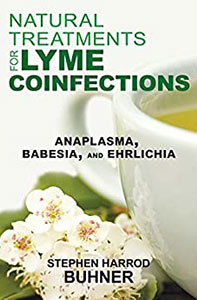
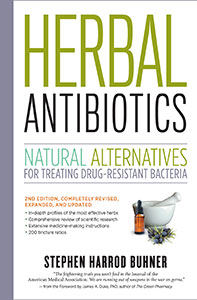
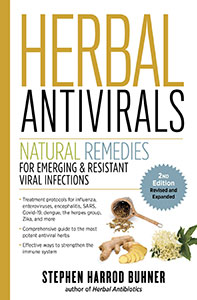



0 Comments